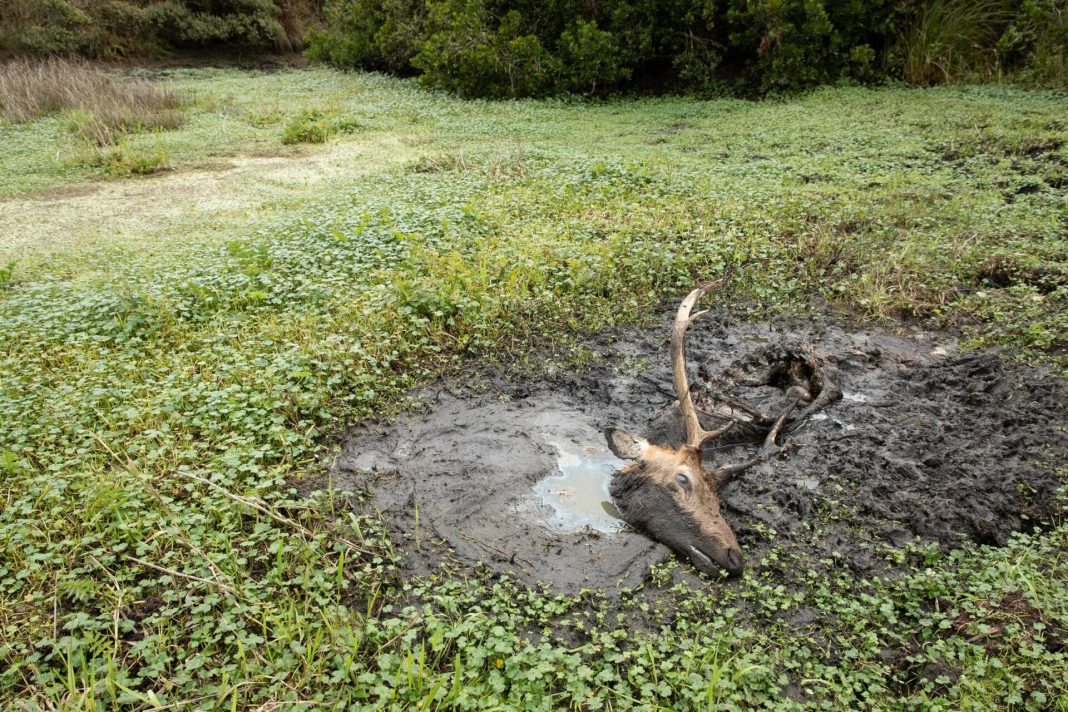The National Park Service is being sued for the death of 152 Tule Elk. Not your typical park service headline. Consequently you think of the National Park Service as one that protects wildlife within their boundaries.
In California, the Point Reyes National Seashore is 111 square miles. This is home to two free range Tule Elk herds and one fenced elk herd.
The fenced herd resides in a 2,200 acre area at Tomales Point. In March the NPS revealed that the herd dropped from 445 to 293. In June of this year, a federal court hearing brought this all to light.
Several wildlife photographers, park visitors and wildlife experts testified at the hearing on behalf of the elk.
I have found bodies of Tule elk ensnared in the fence surrounding Tomales Point. I believe these elk were trying to leave the area, either to find water or other essential resources, when they became stuck in the wire fencing. – Photographer Skyler Thomas
Dr. Amy Allen and Dr. Judd Howell also testified on the evidence against the park service.
“Poisonous hemlock and lupine were present in the digestive systems of multiple carcasses, evidence that the elk had resorted to eating deadly forage when nothing else was available.”
So what exactly is the issue? It seems to stem from multiple sources. For example, the Point Reyes National Seashore is currently using an old management plan. How old is it? It is titled the 1998 Tule Elk Management Plan. Other sources state it is even older.
Secondly, drought and inadequate forage seem to be playing a large role. The death of many of the elk was caused by either being ensnared in the fencing or getting stuck in mud pits trying to drink. Most important to note is that it is only the fenced herd with this issue.
Legal Systems Call For Action
The Harvard Law School’s Animal Law and Policy Clinic filed the lawsuit. This was done on behalf the Animal Legal Defense fund and three park visitors. As a result it calls for the NPS to develop a current management plan.
Furthermore it wants the NPS to protect the Tule elk from dehydration and starvation.
“If it weren’t for the Park Service still relying on a 41-year-old management plan for Tomales Point instead of updating the plan in a ‘timely manner’ as required by federal law, we would not be facing this crisis with the Tule elk who are dying slow, horrific deaths every day.” – Kate Barnekow, lead counsel
You can read more about the death of these elk and the following legal issues by clicking here. If you are interested in reading more about California wildlife management and hunting news you can check out or California section by clicking here.















